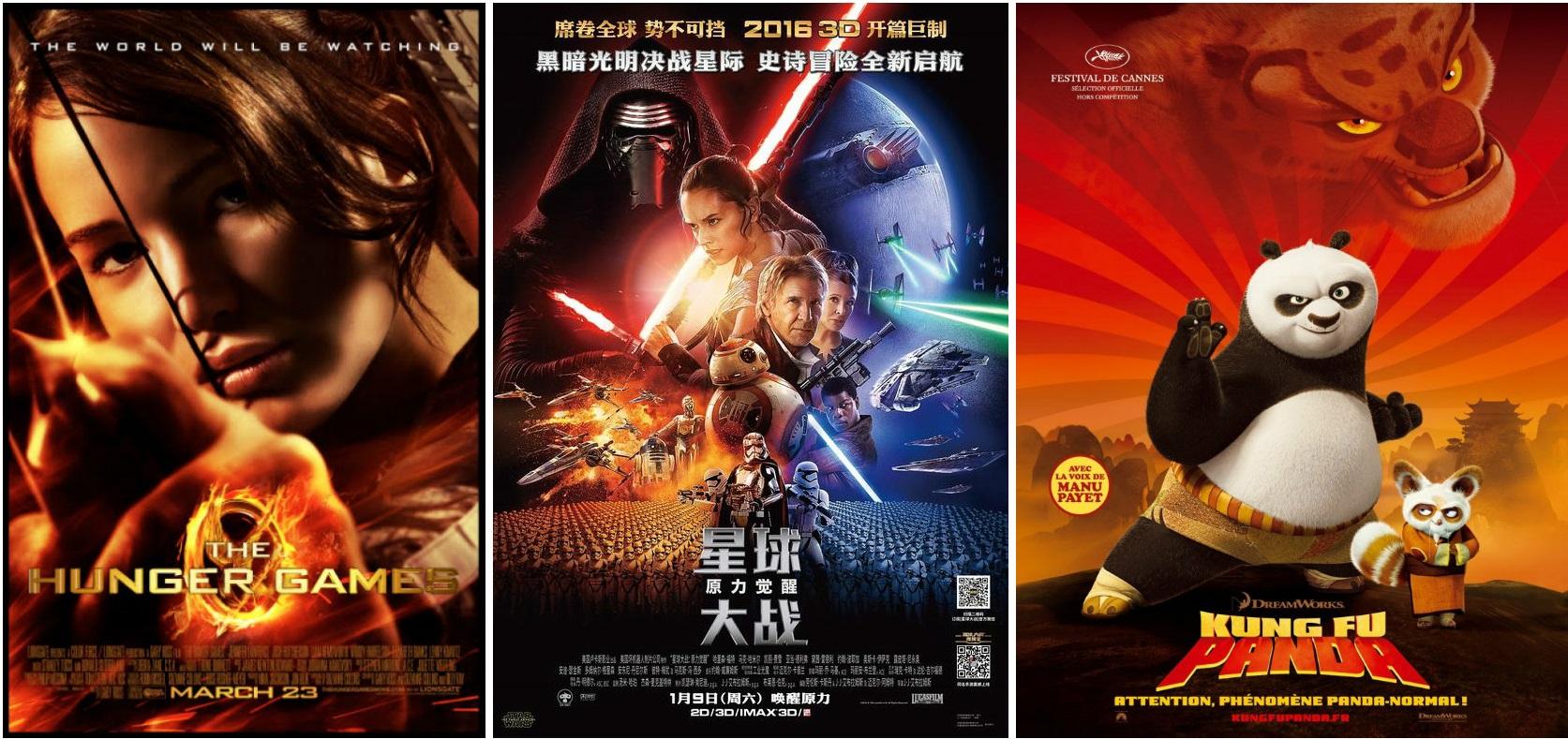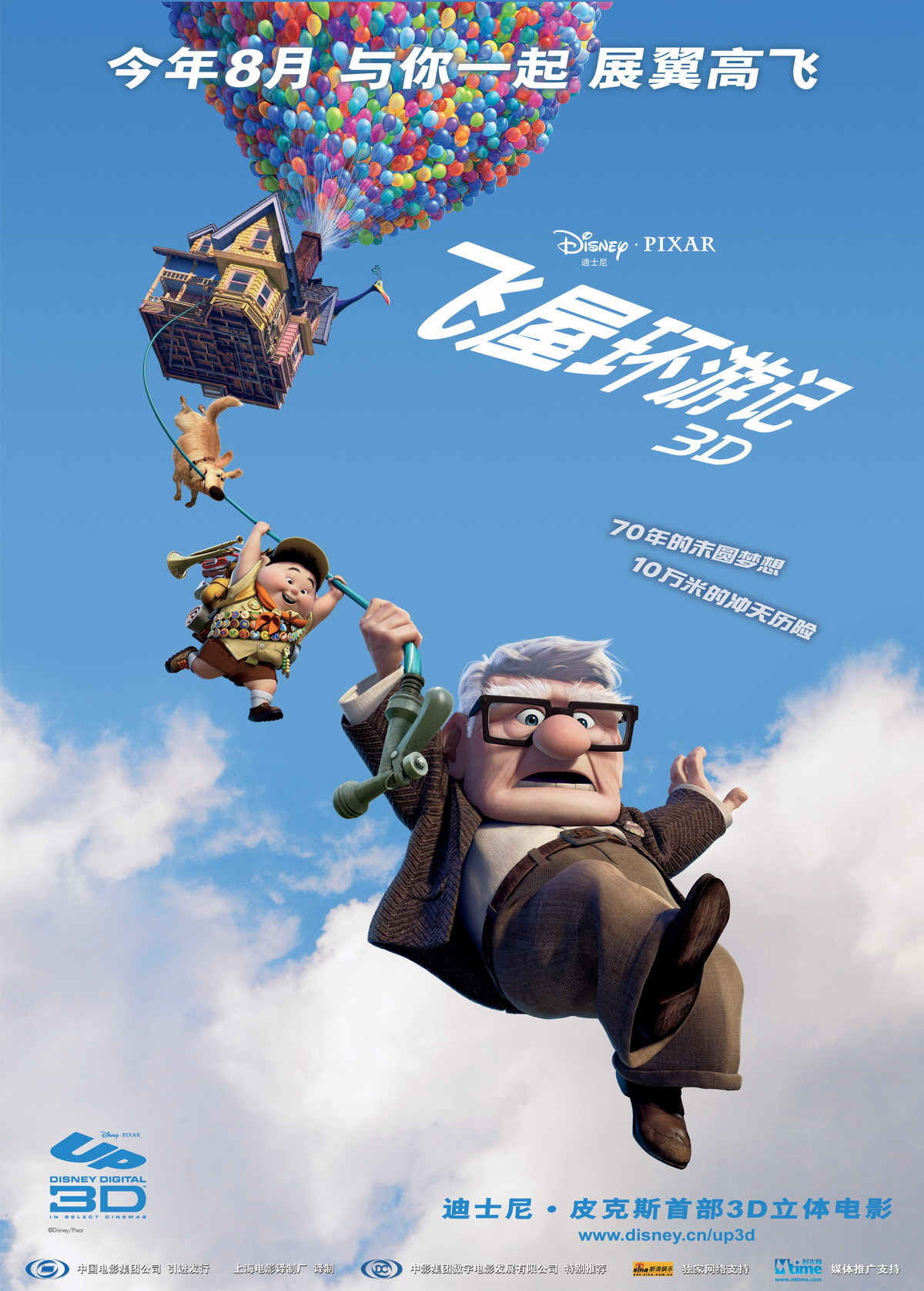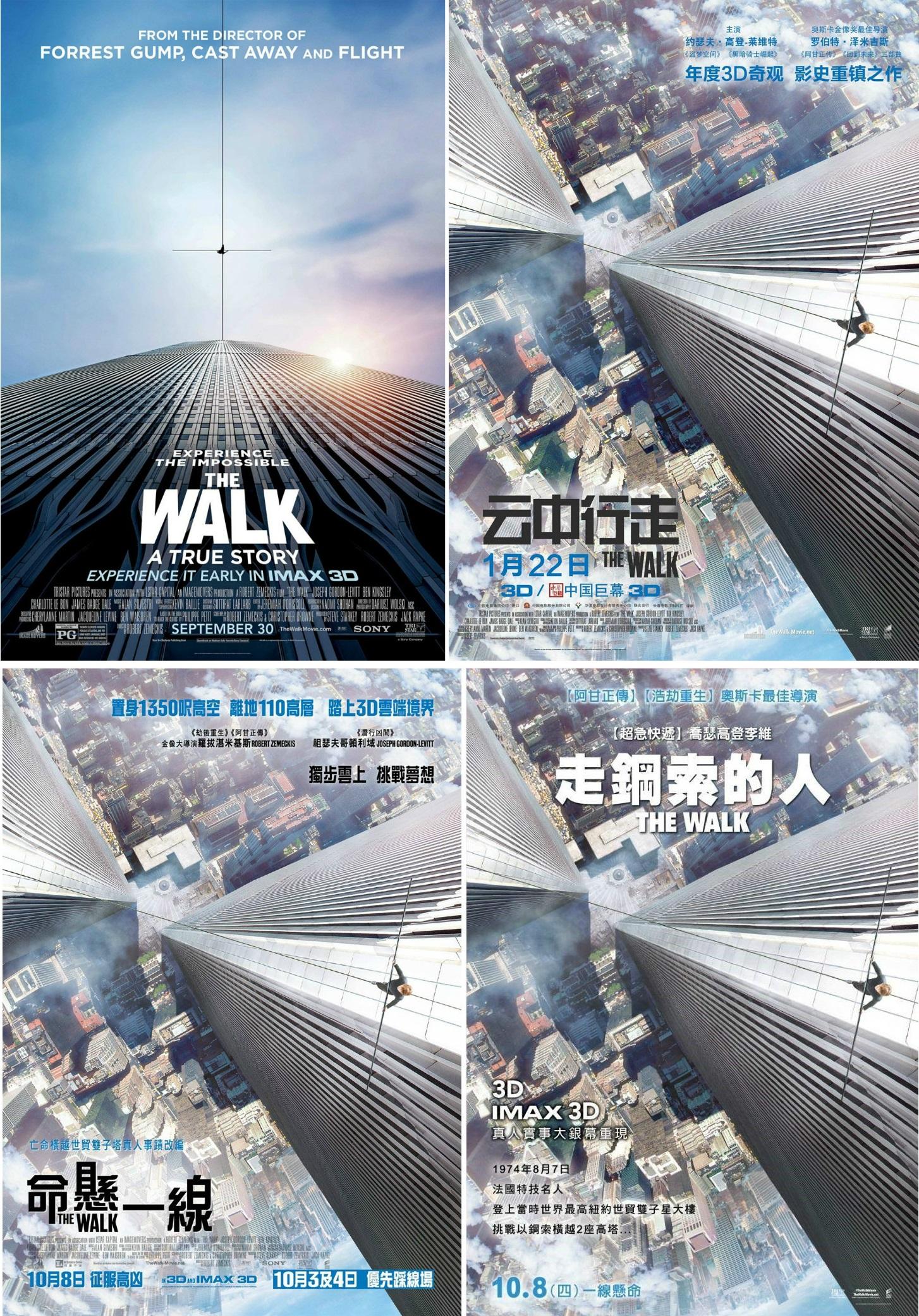

Explore the art of film naming in China, where brands strive to create memorable connections with consumers. In a fast-paced environment, discover how brands capture attention within seconds and leave a lasting impression.
What happens in these few seconds is crucial.
Discover the impact of film naming in China, where a special and meaningful brand name holds a favorable position in the market. Explore how brand naming drives localization, enabling companies to communicate effectively with their target audience and derive tangible value.
Explore the unique dynamics of film naming in China, where the traditional rules of brand naming give way to a different set of criteria. Unlike brand naming, film naming prioritizes short-term impact and buzz, emphasizing the distinct challenges and considerations in this creative process.
Film Naming is a very fresh industry for Labbrand, and these differences matter. The steps are generally similar. But the restrictions, opportunities, and goals for each step are entirely different.
LESS LIMITED BY “BRAND”
The naming process begins with a Creative Brief. For usual naming projects, brand attributes and positioning should be clearly defined to guide the creation. For Film Naming, on the other hand, it is mostly based on the film’s script, storylines, and target. This is an exotic and engaging process as only a few foreign films are allowed into China every year and these films can tell very dramatic stories.
Name Creation then takes the center stage. This step is almost unlimited – the name is able to be more unrestrained and vigorous as long as the naming style brims with talent. Thus, it can be far-fetched form the original English name, with no length limitation. But there are still some branding considerations for the verbal identity. An artistically made award-winning film can have a poetic name, while a casual summer comedy can use a pop-culture reference. The emphasis is placed on increasing the film’s potential audience base.

Kick-Ass: 海扁王 (public translated version), The Kick-Ass King; The Revenant: 还魂者 (public translated version), The Soul-Returner; Waterloo Bridge: 魂断蓝桥, Broken Soul at the Blue Bridge
Film naming enjoys more leniency in terms of IP restrictions. In the standard brand naming process, IP can be a highly limiting constraint, as relevant space is often crowded with a plethora of products and brands. Most films, in contrast, have a shorter life-span, which dissuades filmmakers from going through the arduous patenting process. This leaves the category open to greater possibilities.
The exception to this is franchise work. Consider the case of Star Wars (星球大战). While Star Wars started only as a film, it has grown to become one of the most recognizable brands around the world, and has a bright future as Disney plans new movies, theme park rides, and consumer goods. Such a goldmine of brand equity must be properly protected and thus limits potential names for future film franchises.

星球大战 (Star Wars), 饥饿游戏 (Hunger Games) and 功夫熊猫 (Kung Fu Panda) are all registered trademarks in China. These franchise trademarks are extensive, and cover such categories as clothing, toys, shampoo, jewelry and maternal products.
Testing comes next. During the Selection phase, a number of qualitative and quantitative measurements can be done, including focus groups, online digital customer communities, ethnography, in-depth interviews, biometrics testing… All of this data is compounded and analyzed during reporting and a final recommendation is then given.

The process of film naming in China
NAMING CONCEPTUALLY VS. DESCRIPTIVELY
The descriptive quality of the Chinese language is especially significant in film naming. Just like Chinese naming for brands, a short Chinese name for a film can pack a lot more meanings than its original English name.
Limited by the length, English names of films or literature are often more conceptual than descriptive. For instance, the widely acclaimed Disney-Pixar animated film “Up” is called “飞屋环游记” (The Tale of Traveling in a Flying House) in China. Granted, the Namers could have done a better job as it strips away the mystery of the film, but simply translating the English name as “上” would also not make sense in the Chinese context.

This example poses an important question: what approach should be used when naming a film? Should it be straight-forward translation or a name that is literary, conceptual or descriptive? Interestingly, this aspect is often reflected in the different film names for Mainland China, Hong Kong and Taiwan.

The Walk: 云中行走 (Mainland China: Walking in the Clouds); 命悬一线 (Hong Kong: Life Hangs on a Line); 走钢索的人 (Taiwan: The Man That Walks on the Wire)
THE FUTURE OF FILM NAMING
Naming a Film is like fireworks. The primary goal is to be recognized in the short-term: create noise in the market, be easy to remember, spread out, catch the attention of as many people as possible. Current cultural references can be leveraged to gain massive popularity, and to prepare the audience for the next display of pinwheels and pyrotechnics.
It is fascinating to see that international film makers are starting to come to brand consultancies to create localized film names. This means that they are increasingly taking into consideration underlying cultural influences and how to strategically target audiences who speak a different language. As film makers leverage these factors for greater visibility in China, Labbrand will continue to help foreign films succeed by localizing their names, harnessing a mastery of culture to connect with audiences across China.
A Labbrand Group Company © 2005-2024 Labbrand All rights reserved
沪ICP备17001253号-3* Will be used in accordance with our Privacy Policy
To improve your experience, we use cookies to provide social media features, offer you content that targets your particular interests, and analyse the performance of our advertising campaigns. By clicking on “Accept” you consent to all cookies. You also have the option to click “Reject” to limit the use of certain types of cookies. Please be aware that rejecting cookies may affect your website browsing experience and limit the use of some personalised features.